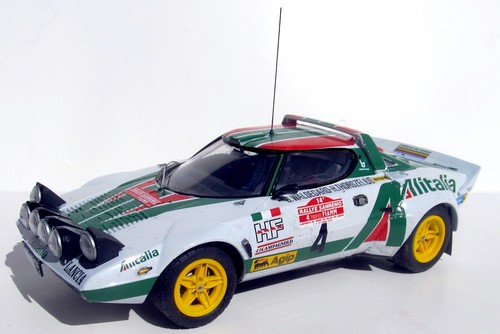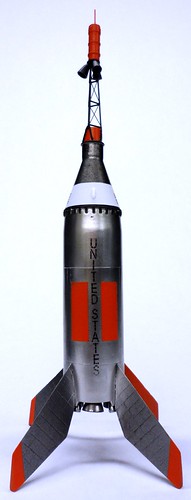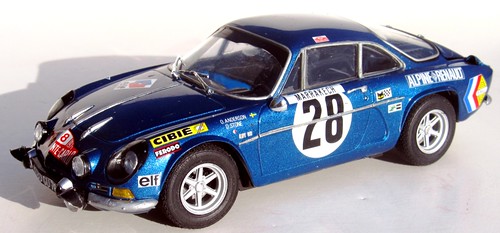Lancia Stratos HF (1976 Sanremo Rally Car) 1:24 Scale Hasegawa Model Kit #20200 Review
Right On Replicas, LLC Step-by-Step Review 20141117*
Lancia Stratos HF (1976 Sanremo Rally Car) 1:24 Scale Hasegawa Model Kit #20200 Review

Review and Photos by Alan Mann 
 The Lancia Stratos HF was designed from the ground up to compete in Rally racing, and proved very successful in the 1970’s and early 1980’s. It started a new era in rallying as it was the first car designed from scratch for this kind of competition. The three leading men behind the entire rallying project were Lancia team manager Cesare Fiorio, British racer/engineer Mike Parkes and factory rally driver Sandro Munari. The bodywork was designed by the head designer at Bertone, and the technical layout was loosely based on a Lancia concept car called Stratos Zero. In 1971 Lancia presented the Lancia Stratos HF prototype, Chassis 1240. It featured a distinctive crescent-shaped-wrap-around windshield providing maximum forward visibility with almost no rear visibility. Lancia did extensive testing with the Stratos and raced the car in several racing events where Group 5 prototypes were allowed during the 1972 and 1973 seasons. Production of the 400 cars required for homologation in Group 4 were launched in 1973 and the car was homologated for the 1974 World Rally Championship.
For the modeler: This review covers the Hasegawa Kit #20220 Lancia Stratos HF in 1/24 scale. The kit consists of 148 parts molded in White, Black and Clear with Rubber tires, a sheet of Rubber and Photoetch parts. The decals are Cartograf. A highly detailed 10 page instruction sheet is included but as this is a Japanese brand kit English is only added as a secondary language. The sample kit I have is dated 2004 and is a Re-release (Re-Pop) and is available in this version as well as a Street car and other race variants at online auctions and hobby shops.  Build up is a typical chassis then interior then body assembly. The overall car is White with decals creating the Green and Red paint on the body. There is no motor, this is a Curbside kit. The interior is a race car so it is sparse but well detailed with decals on what parts exist. The chassis does assemble solid and the front wheels are able to turn and pose. The body is very detailed with both decals and photoetch, but this is the better style photoetch on runners that is much easier to work with. The quality of the kit is very nice with no flash or severe mold lines. Overall size is Length: 6-3/8â€, Width: 3-3/16â€, Height: 2â€.
Covered in this Review: If you want to perfect your build; basic construction; preparing parts for better finishing; alternate assembly sequence suggestions for fit and ease of finishing; complete paint and adhesive selections and applications; test fitting; preparing and installing the photo etch parts; where NOT to use glue; fire extinguisher detailing; using floor polish for spectacular window glass;  preparing the floor plate for rollbar installation; installing the Euro plates; using “clear†glue for glass parts; detailing the engine bay; dashboard detailing; authentic interior color scheme and masking; front and rear suspension build sequence; team version considerations; using decal setting solutions; chassis installation; a gauge panel location map; detailing the wheels for realism; window surround detailing; making realistic tires; suspension detailing; and an expanded vehicle history; are all fully examined in this 16 page, full-color Step-by-Step review in PDF format.
Click the Buy Now link below to purchase the full Step-by-Step review for $3.95 USD.
Important – You MUST click on the “Return to Right on Replicas, LLC” link after you’ve made your purchase to download your review!
Right On Replicas, LLC ©2014 All rights reserved. *All registered trademarks are the property of their respective brands. Follow the manufacturer’s safety recommendations for any product mentioned here.






